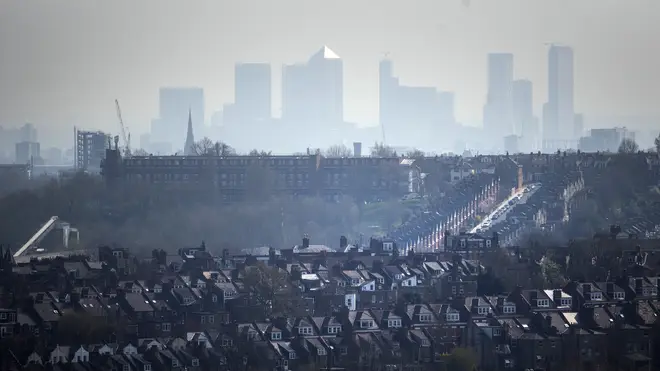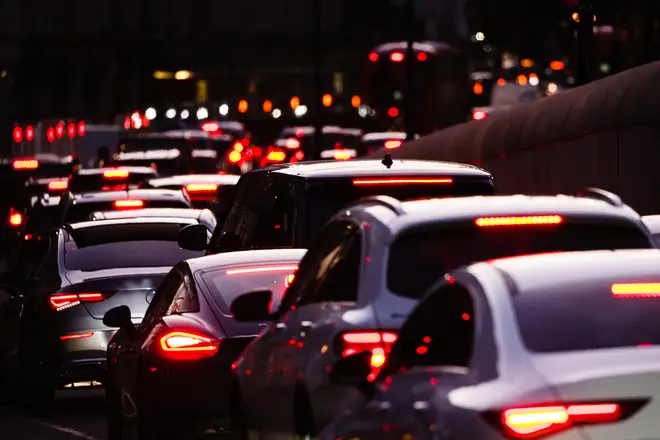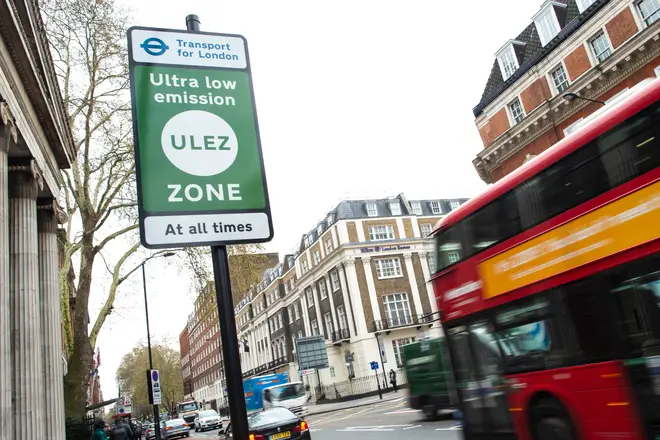
Matthew Wright 7am - 10am
10 December 2020, 23:35

Air pollution in some areas is higher than before the coronavirus pandemic, a leading think tank has warned.
Centre for Cities said that in other areas pollution could rise significantly as restrictions come to an end next year if cities continue to shelve plans to tackle the issue.
Levels of toxic air fell dramatically in many places in the spring as the country went into full lockdown, but analysis from the think tank shows that concentrations of air pollution have risen again over the summer to pre-pandemic levels or higher, even though most of the country remains under restrictions.
It means that, as life returns to normal, pollution could climb even higher.
The group is calling for councils which had plans to deal with high levels of pollution halted due to the pandemic to revisit them urgently as the country is released from Covid-19 measures.

Pollution, such as nitrogen dioxide from traffic, is linked to 40,000 deaths a year in the UK, and research has suggested that 15% of Covid-19 deaths can be attributed to toxic air.
Concentrations of the harmful particles fell on average by 38% in cities and large towns as a result of lockdown, data shows.
Centre for Cities' chief executive Andrew Carter said: "Toxic air has contributed to the deaths of thousands of Covid-19 victims this year and, even after the pandemic ends, will remain a big threat to health - particularly for those living in urban areas.
"City leaders can reduce the threat of air pollution, but it will take political will.
"Discouraging car usage will be unpopular in the short term but, if coupled with the necessary improvements to public transport, the long-term benefits to public health and the economy will be huge and our cities will become better places to live.
"Now is not the time for politicians to delay on this."
Some of the biggest falls were seen in Glasgow, with a 57% reduction, followed by Warrington and Oxford, where pollution levels also more than halved, though other places such as Southampton saw much smaller drops.
But nitrogen dioxide emissions bounced back in most cities as the first national lockdown eased and cars and traffic returned to the roads.

In four-fifths of cities and larger towns, pollution levels were back to at least pre-lockdown levels by September, despite economic activity not having fully recovered by then.
In some places, such as Barnsley, Bournemouth and Portsmouth, nitrogen dioxide levels by September were even higher than they were before the spring lockdown.
Centre for Cities said a number of councils were scheduled to launch clean air zones, which charge vehicles with higher levels of emissions to drive through certain areas to combat pollution.
It is calling for councils and mayors to discourage car use by introducing clean air zones, improve buses, rail and tram systems to encourage the use of public transport, and put in measures to boost cycling and walking.
But many plans have been delayed or even scrapped amid claims they were not immediately necessary because air quality had swiftly improved in 2020.
Centre for Cities argues that is not the case, with pollution rising as private cars have returned to the roads - more than before in some area while public transport remains a virus risk.
It said that despite popular belief an increase in working from home will not curb pollution, warning that in places such as London commuting is not the biggest cause of pollution and remote workers are more likely to use their cars for leisure.